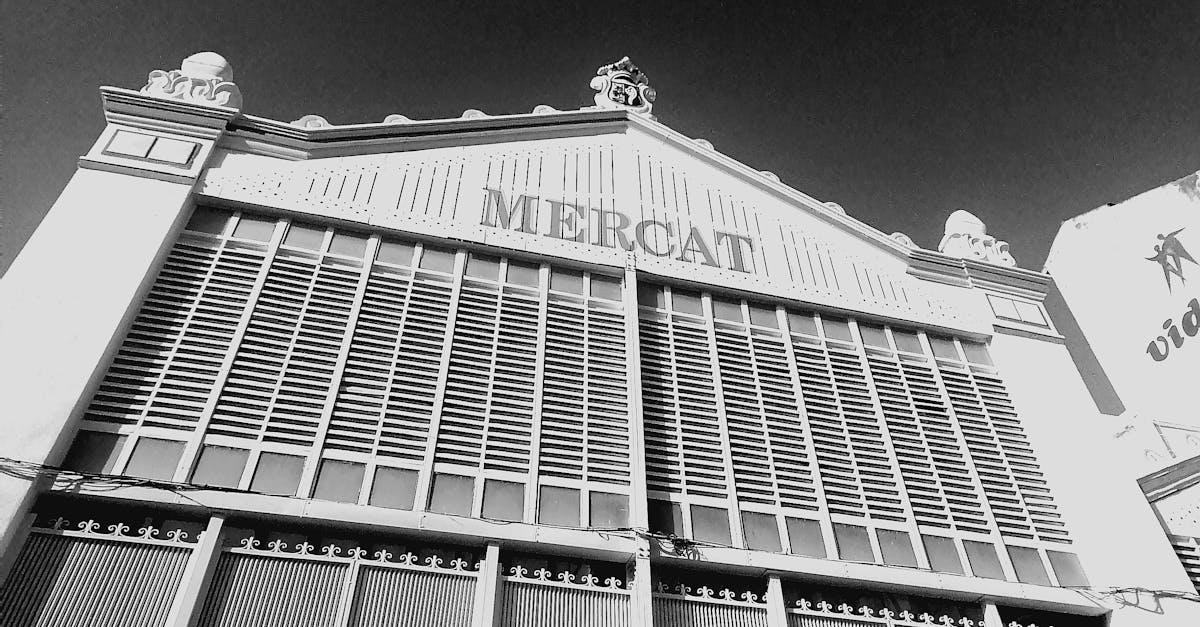
Table Of Contents
The Importance of Quality Score
Quality Score is a crucial metric in Pay-Per-Click (PPC) Advertising, as it directly impacts both ad ranking and cost per click. This score evaluates the relevance of ads, keywords, and landing pages, reflecting how well these components align with user intent. A higher Quality Score indicates a well-optimised campaign, leading to improved ad placement and potentially lower costs, enhancing overall campaign efficiency.
Investing time in improving Quality Score can yield significant financial benefits for advertisers. By focusing on creating ads that resonate with target audiences and ensuring landing pages deliver valuable content, businesses can enhance their PPC performance. This optimisation not only contributes to reduced costs but also fosters a better user experience, ultimately influencing conversion rates and long-term profitability.
How Quality Score Influences Cost per Click
Quality Score is a critical factor in determining the cost per click in Pay-Per-Click (PPC) Advertising. This metric, utilised by major platforms like Google Ads, reflects the relevance and quality of the ads, keywords, and landing pages that advertisers use. A higher Quality Score often leads to a lower cost per click, enabling advertisers to gain a competitive edge while maximising their budget. Essentially, better quality ads result in enhanced user experiences, signalling to ad platforms that such ads deserve a more favourable cost structure.
Conversely, a lower Quality Score can drive costs up significantly, as it suggests that the ads may not resonate well with the target audience. In this scenario, advertisers may find themselves paying more to achieve the same visibility. This reinforces the importance of continuously optimising ad campaigns to improve Quality Scores. By focusing on creating relevant and engaging content, advertisers can not only lower their costs but also improve overall campaign performance in the competitive landscape of Pay-Per-Click (PPC) Advertising.
Measuring Return on Investment (ROI)
Evaluating the return on investment (ROI) for Pay-Per-Click (PPC) Advertising is essential for understanding the effectiveness of marketing strategies. By calculating the revenue generated from campaigns relative to the amount spent, businesses can determine if their investments yield satisfactory returns. Tracking key performance indicators, such as conversion rates and overall spending, allows for a clearer picture of whether PPC efforts align with financial objectives.
A thorough assessment of PPC campaigns also helps identify which areas require optimisation. By comparing the cost per conversion against industry benchmarks, businesses can pinpoint successes and weaknesses within their marketing tactics. This data-driven approach supports informed decision-making that enhances the strategy over time, ensuring that expenditures in PPC Advertising translate into meaningful results.
Evaluating the Profitability of PPC Campaigns
Evaluating the profitability of Pay-Per-Click (PPC) Advertising campaigns involves a systematic analysis of both costs and returns. Businesses must track key metrics such as conversion rates, click-through rates, and average order values. By analysing these figures, marketers can gain insights into which ads are performing well and which may need adjustments. Understanding customer acquisition costs is essential, as it helps gauge the feasibility of a PPC strategy in relation to overall marketing budgets.
Another important aspect in this evaluation is setting clear goals for the campaigns. Establishing specific targets enables businesses to measure success more accurately. For instance, if the aim is to increase sales, the focus should be on tracking how many clicks translate into actual purchases. Regularly reviewing and adjusting PPC campaigns based on performance data can lead to increased profitability over time, ensuring that advertising spend is optimally invested.
Strategies to Lower PPC Costs
Lowering costs in Pay-Per-Click (PPC) Advertising can be achieved through diligent keyword research. Identifying long-tail keywords with lower competition can help in targeting a more specific audience while reducing the cost per click. Tools such as Google Keyword Planner can assist in locating these valuable keywords. By focusing on phrases that are less commonly targeted, advertisers can often secure clicks at a fraction of the price of more competitive terms.
Another effective strategy involves continuous monitoring and optimisation of ad campaigns. Testing different ad copies and landing pages allows businesses to evaluate what resonates best with their audience. Adjusting bids based on performance, pausing underperforming ads, and reallocating budgets to higher-performing ads ensures more efficient use of funds. Such practices enable advertisers to maximise their return on investment while minimising overall costs in their Pay-Per-Click (PPC) Advertising efforts.
Optimising Campaigns for Better Performance
Optimising campaigns for better performance in Pay-Per-Click (PPC) advertising requires a keen analysis of various factors that influence outcomes. Keywords play a crucial role in this process. Conducting thorough keyword research helps identify high-performing terms that resonate with target audiences. Regularly updating keyword lists based on performance metrics ensures the ad remains relevant and engages users effectively. Negative keywords also serve as an essential tool in refining audience targeting and eliminating wasted clicks.
Ad copy is another critical component that can significantly impact click-through rates and overall campaign success. Crafting compelling ad copy that highlights unique selling points and includes a strong call to action can drive higher engagement. A/B testing different versions of ads allows marketers to determine which messages resonate most with their audience. Implementing these strategies contributes to improved performance, leading to better ROI and lower overall costs in Pay-Per-Click (PPC) advertising campaigns.
FAQS
What is the average cost per click (CPC) in PPC advertising?
The average cost per click in PPC advertising can vary widely depending on factors like industry, competition, and the specific keywords targeted. Generally, CPC can range from AUD $0.50 to over AUD $3.00, with some industries experiencing higher costs.
How does Quality Score affect PPC costs?
Quality Score is a metric used by platforms like Google Ads to assess the relevance and quality of your ads, keywords, and landing pages. A higher Quality Score can lead to lower CPCs, as it indicates to the platform that your ads are more relevant to users.
Can I calculate the return on investment (ROI) for my PPC campaigns?
Yes, you can calculate the ROI for your PPC campaigns by taking the total revenue generated from your ads, subtracting the total cost of the ads, and then dividing that number by the total cost. This will give you a percentage that indicates your return.
What strategies can I use to lower my PPC costs?
To lower your PPC costs, consider strategies such as improving your Quality Score, refining your keyword targeting, optimising ad copy and landing pages, and using negative keywords to filter out irrelevant traffic.
Is it possible to track the performance of my PPC campaigns effectively?
Yes, you can track the performance of your PPC campaigns using various analytics tools. These tools allow you to measure key metrics such as click-through rates, conversion rates, and overall ROI, helping you make informed decisions to improve campaign performance.

















































